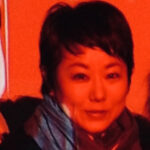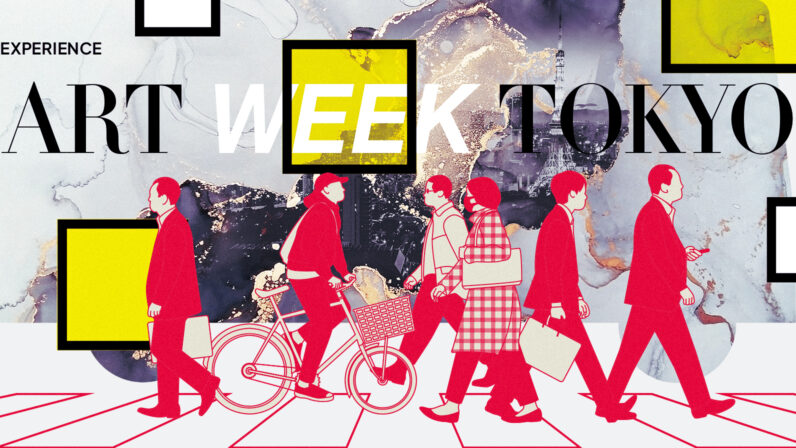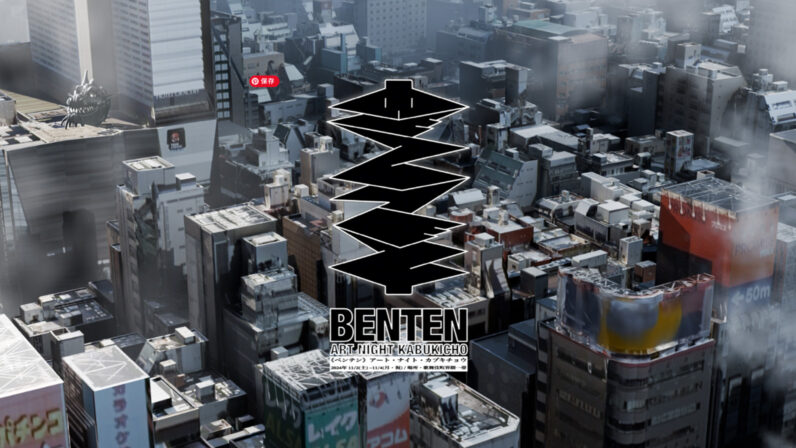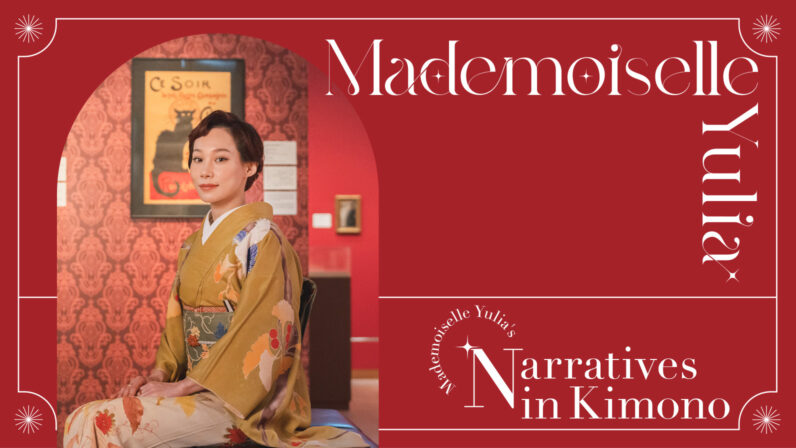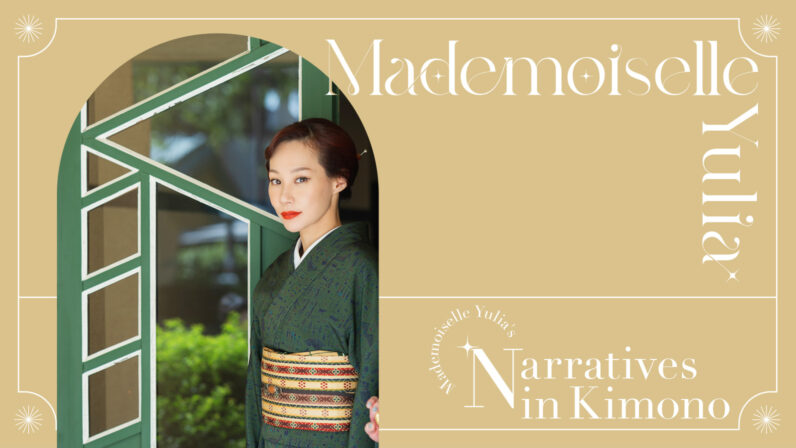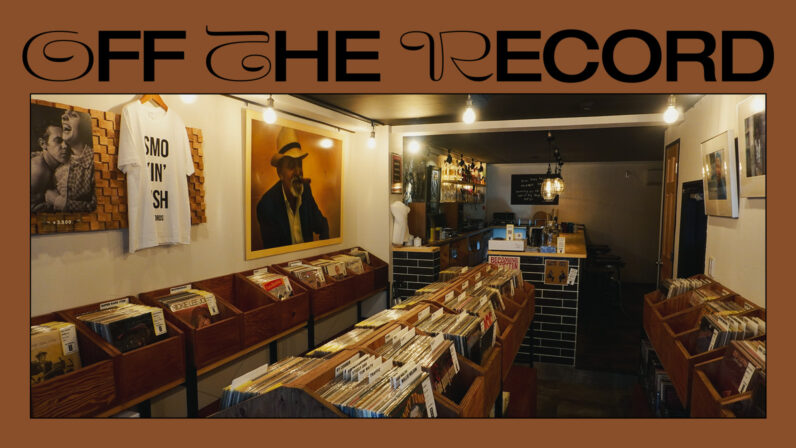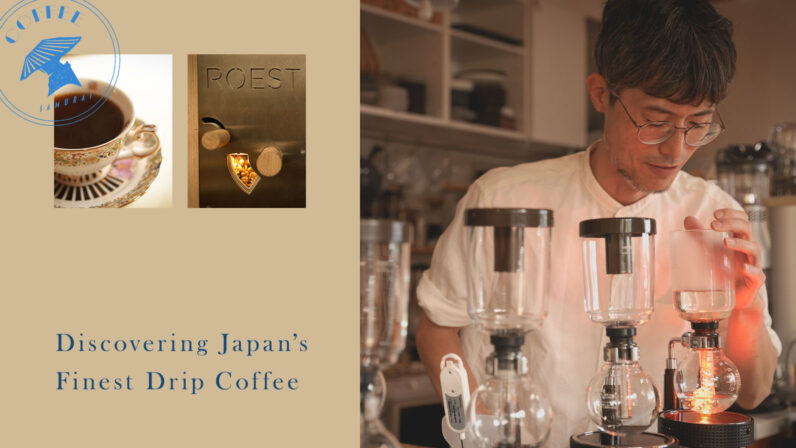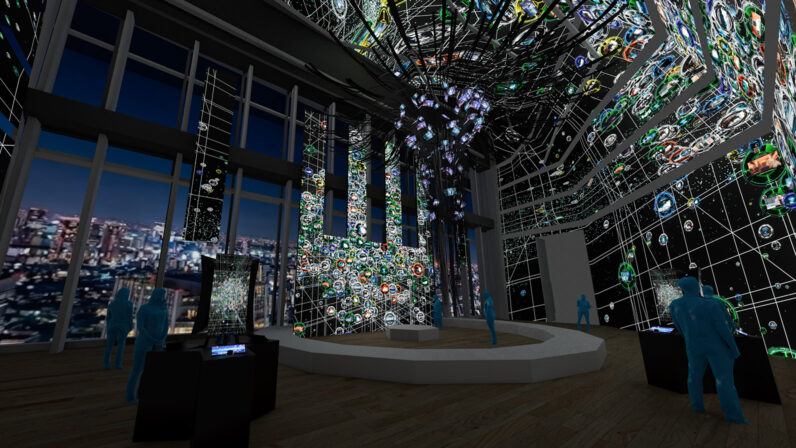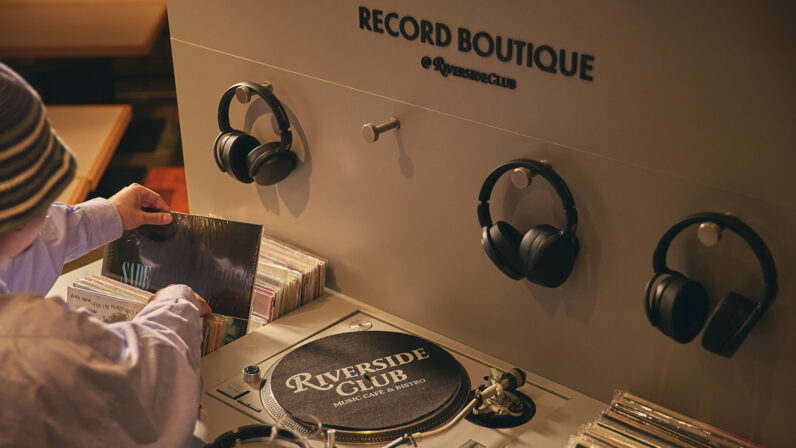The word ‘Mingei’ can carry various meanings depending on the individual. Providing insights and exploring the question ‘What is Mingei?’ is an ongoing exhibition at the Setagaya Art Museum in Tokyo.
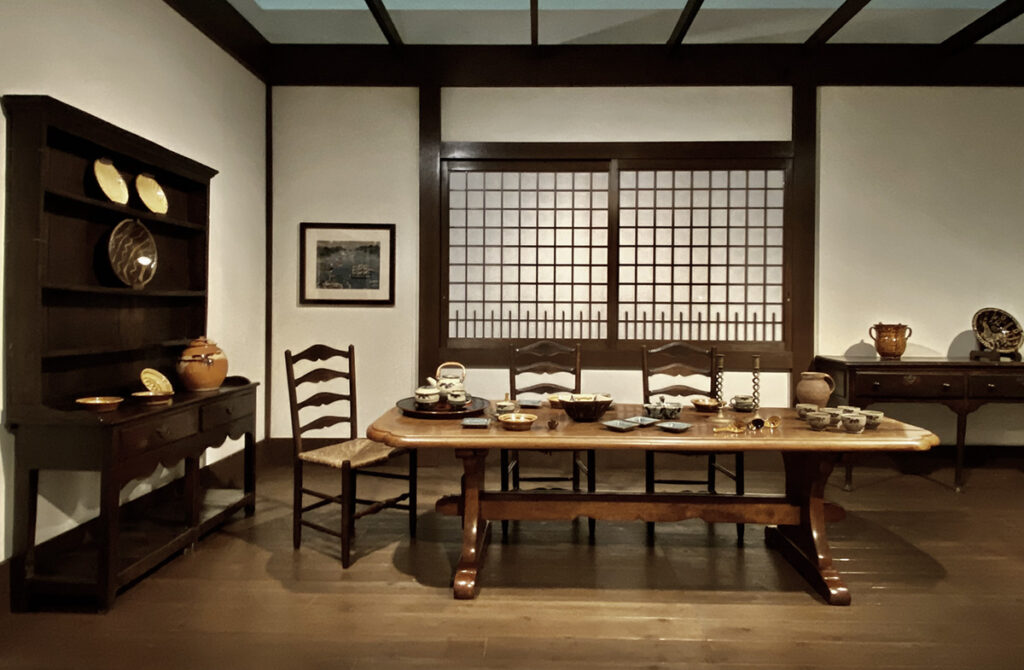
An exhibition attempting to recreate a previous exhibition on daily life, held at the Japan Folk Crafts Museum in 1941.
If you want to spend a fulfilling day in Tokyo in early summer, head to the Setagaya Art Museum. This museum is nestled in Tokyo’s Kinuta Park, which boasts about 11,000 tall trees, so you can bask in a green oasis before and after the exhibitions. The approach to the museum entrance feels like walking through a tunnel of greenery, making the experience even more pleasant.
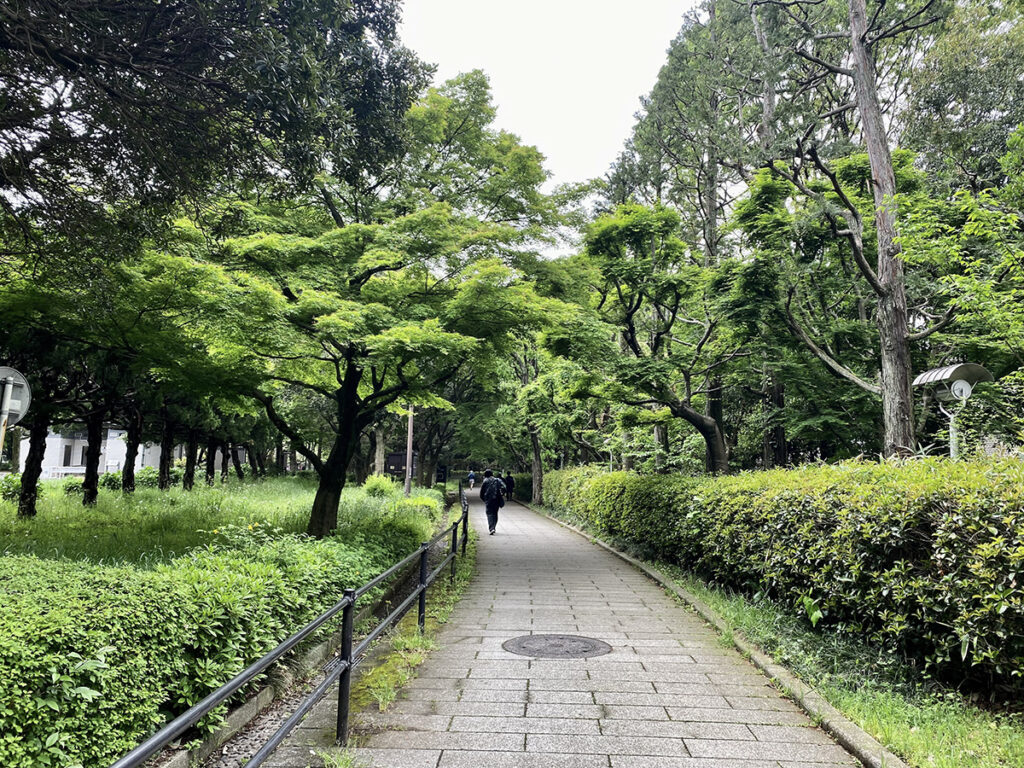
The road from the bus stop to the art museum is like a tunnel of greenery.
The Setagaya Art Museum is currently hosting ‘MINGEI: The Beauty of Everyday Things’ until June 30th.
This exhibition has already toured Osaka in July, Iwaki in October, and Hiroshima in February. After Tokyo, it will move on to Toyama, Nagoya, and Fukuoka. While exhibitions that tour a couple of places in Japan are common, one that travels to this many locations is rare, indicating high expectations for a large audience. Seeing the impressive display of items truly helps in grasping the idea of Mingei (folk craft) both conceptually and also visually. The exhibition is designed to be open and accessible, even for those who are unfamiliar with the term Mingei.
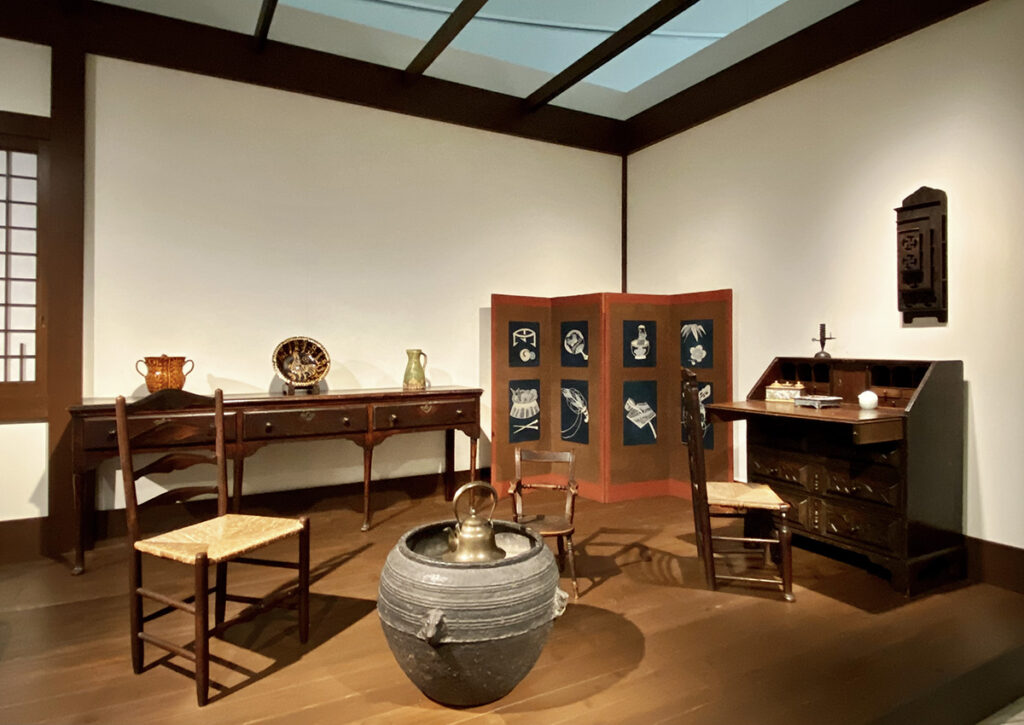
A part of the exhibition aims to recreate the ‘Lifestyle Exhibition.’ It features a curated display of furniture and tools from various countries, blending traditional items like hibachi with modern living spaces.
In the exhibition room, the first thing that catches your eye is the display that’s an attempt to recreate the ‘Lifestyle Exhibition’ held at the Japan Folk Crafts Museum in 1941. Creating living spaces within the room, furniture and daily life tools are arranged, with dishes neatly lined up on the tables. Such arrangements existed before concepts such as ‘table setting’ became widely adopted. The visual display is enhanced through its tangibility, and unlike items neatly lined up in display cases, you can instantly see how these items are integrated into everyday life.
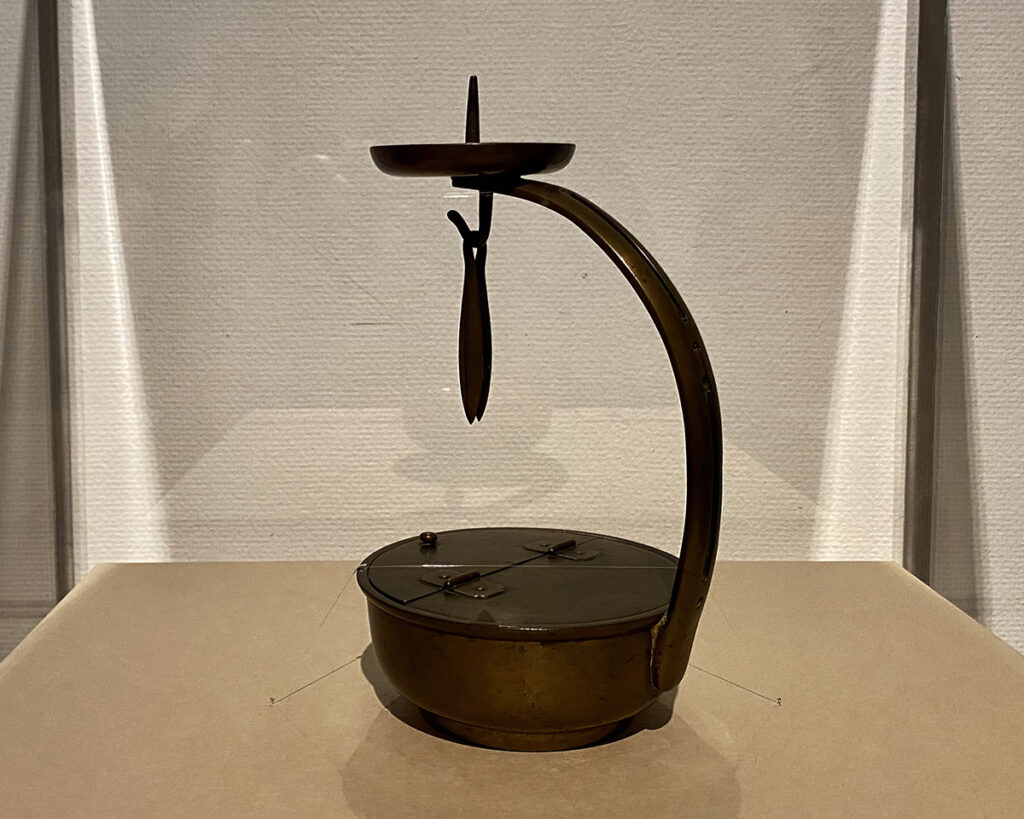
Candlestick, Edo Period, 19th century, Japan Folk Crafts Museum The handle is curved to facilitate easy carrying while a candle is placed and lit at the top. Hanging beneath the dish is a pair of scissors used for trimming the candle wick and putting out the flame. The lid of the base can be opened to dispose of the trimmed wick.
Mingei is a term first used in 1926 in the ‘Prospectus for the Establishment of the Japan Folk Crafts Museum,’ which was announced by the philosopher Muneyoshi Yanagi, together with three ceramic artists: Kenichi Tomimoto, Kanjiro Kawai, Shoji Hamada. The British potter Bernard Leach and the textile artist Keisuke Serizawa also joined the collective, and they embarked on journeys across Japan from the Taisho era to the post-war Showa period, gathering a variety of everyday items and tools. These included old, actively used, and newly handmade items crafted by anonymous artisans or farmers during idle periods. From this diverse collection, they selected particularly beautiful pieces and termed them Mingei. Yanagi proposed that in the realm of craftsmanship, beauty is born from utility. They admired the beauty found in forms created solely for practical use, referring to it as ‘Yo-no-bi – 用の美’ which translates to ‘the beauty of use’ and is commonly referred to as ‘the beauty of everyday things.’
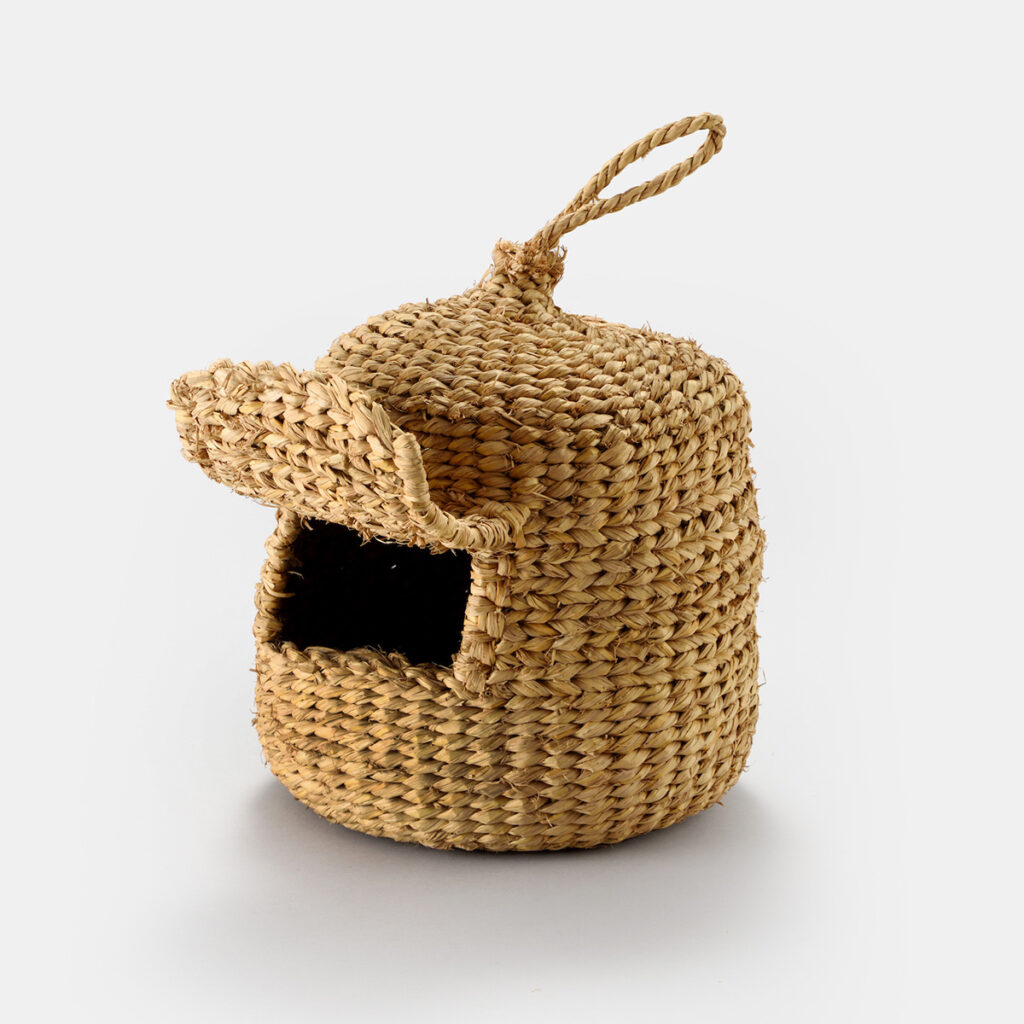
Korean Peninsula, Mesh Bag (for holding eggs), Early 20th Century, Straw, Japan Folk Crafts Museum
In this way, Mingei exhibitions differ significantly from displays of old tools and everyday items collected for folklore and history studies. Instead of gathering items indiscriminately, Mingei collections only include those discovered by members of the Mingei movement. Due to this distinction, rather than traditional museums, Mingei exhibitions are typically held in art museums.

Stencil-Dyed Calendar, 1958, Overseas Edition, Keisuke Serizawa, Tokyo, 1957, Serizawa Keisuke Art Museum, Shizuoka City
It’s worth noting that, besides Soetsu Yanagi, who spearheaded the Mingei movement, the other members—Kenkichi Tomimoto, Kanjiro Kawai, Shoji Hamada—are all highly esteemed ceramic artists. Keisuke Serizawa, on the other hand, is renowned for his stencil-dye artistry, and they’re all recognized as Living National Treasures. Of course, Bernard Leach is also a prominent figure in ceramics. While their works are often exhibited alongside those crafted by anonymous artisans under the umbrella of Mingei, they stand apart from typical Mingei items.
Yanagi defined Mingei as ‘objects crafted by hand, intimately intertwined with people’s lives, particularly the everyday tools used by the common folk.’
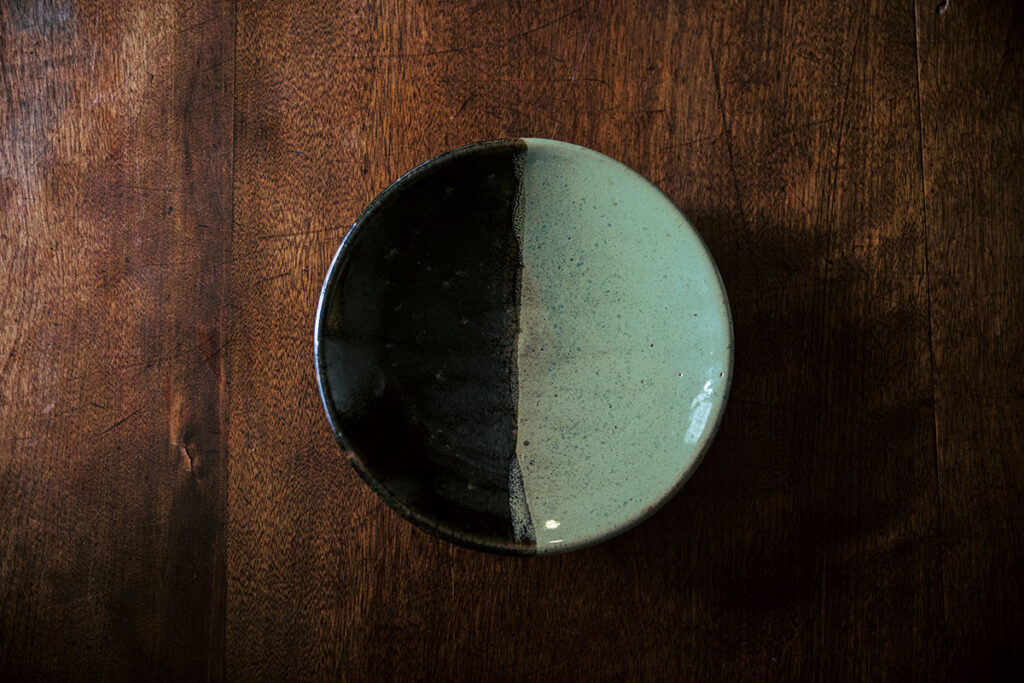
Green and black glazed serving plates from Inaba Ushi no To (Tottori), circa 1931, The Japan Folk Crafts Museum.
The modern designs inspired by the Mingei movement’s guidance are still being created today.

An exhibition showcasing the origins of Mingei. It features artworks of Torigoe Bamboo Craft from Iwate Prefecture, accompanied by an interview video with the creator, Megumi Shibata.
Another significance was that they didn’t just collect Mingei items; they also interacted with the artisans, occasionally offering guidance. This exhibition also showcases craftsmen who were discovered by members of the Mingei movement in the past and continue to be deeply involved in Mingei, passionately continuing their craft.

Slipware Square Plate, England, Late 18th to Late 19th Century, The Japan Folk Crafts Museum
On top of that, the Mingei movement had an international influence. Items such as slipware, commonly used pottery in England, Joseon Dynasty ceramics and furniture from Korea, and Delftware from the Netherlands, which remain highly popular as antiques, were introduced to Japan through the efforts of Yanagi and others involved in the Mingei movement.
Especially noteworthy is slipware, whose techniques were passed down to potters across Japan by Mingei artists like Bernard Leach, and continue to be used in pottery production today.

An installation by Terry Ellis and Keiko Kitamura. Both have been directing ‘MOGI Folk Art’ in Koenji, Tokyo, since 2022.
The term Mingei encompasses a wide range of elements, but through this exhibition, visitors can grasp its essence. The exhibition concludes with hints on how to incorporate this essence into modern life, through an installation by Terry Ellis and Keiko Kitamura.
Both Ellis and Kitamura are well-known figures in the select shop world, having served as buyers for the pioneering BEAMS. They launched ‘BEAMS MODERN LIVING’ in 1994 and ‘fennica’ in 2003, both under the BEAMS label. Their projects combined Nordic modern interiors with designs by Isamu Noguchi, along with utensils and products from regions deeply connected to the Mingei movement. Their presentation vividly illustrated how Mingei can enhance the contemporary living experience.
Their efforts, which injected their chemistry and combined energies, were warmly received not only in the fashion industry but also in the realm of crafts, including Mingei, eventually becoming firmly established.
As Mingei items and tools continue to be integrated into and evolve with modern life, so too does the philosophy of Mingei. Currently, the Mori Art Museum is hosting the exhibition ‘Theaster Gates: Afro-Mingei,’ where Theaster Gates advocates for blending ‘Black Art’ and Mingei to create ‘Afro-Mingei.’ We also have a report on this, so please read it alongside this one.
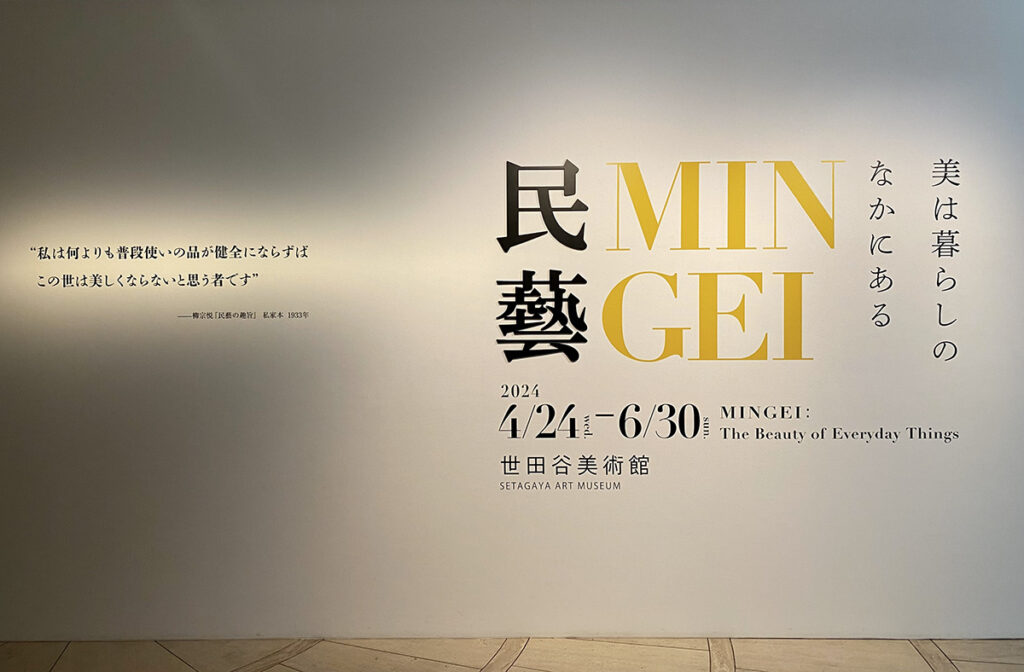
MINGEI - The Beauty of Everyday Things Venue: Setagaya Art Museum, 1st and 2nd floor exhibition rooms Dates: April 24th to June 30th Opening Hours: 10:00 to 18:00 (Last admission at 17:30) Closed on Mondays Admission Fee: General 1700yen and others Website: https://mingei-kurashi.exhibit.jp/english.html

